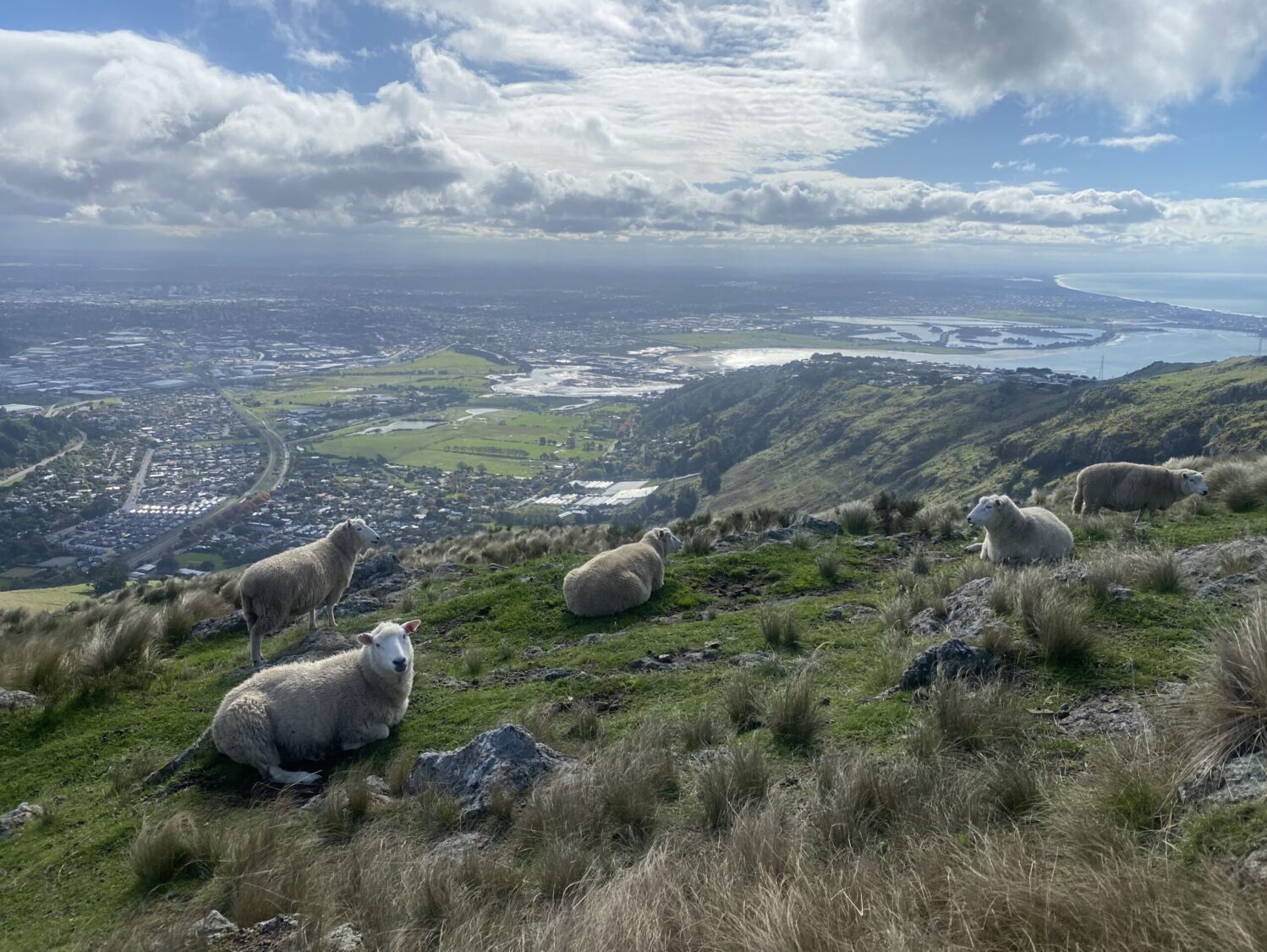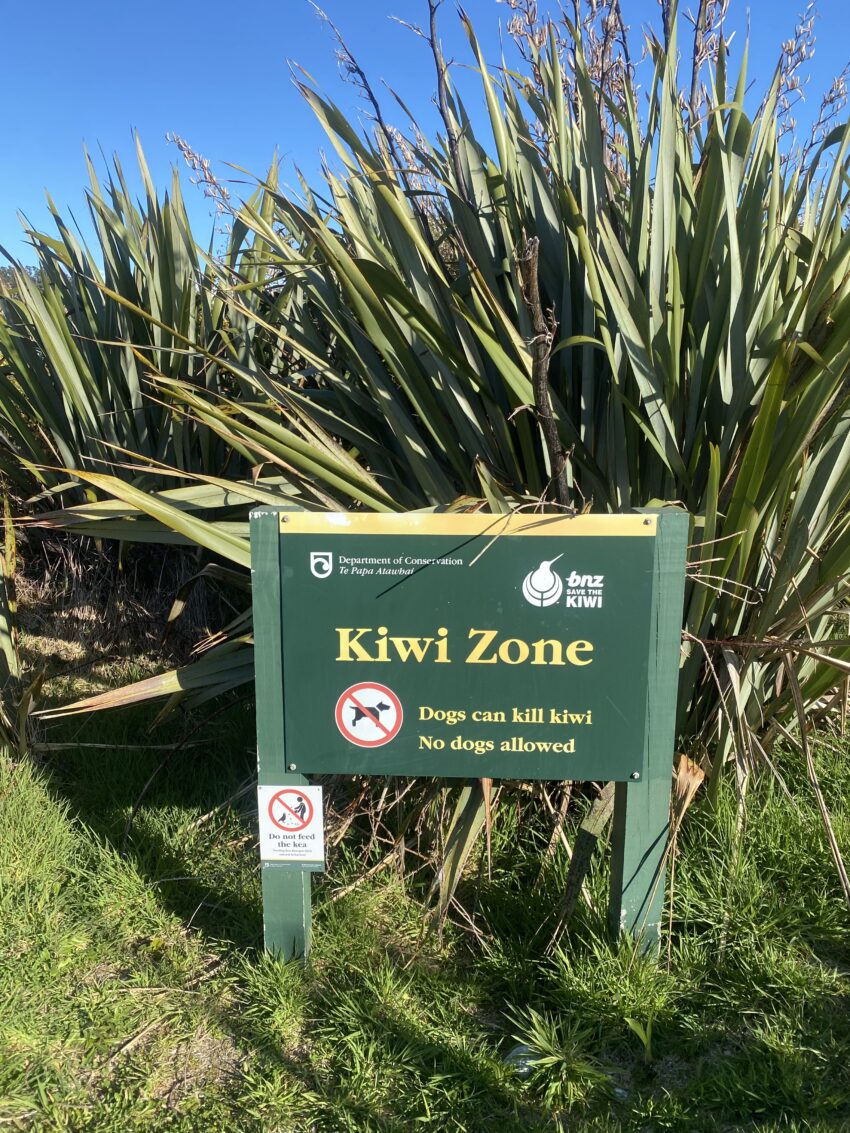We have been in NZ for a year. One whole year! It is not a joke when people say time flies. It does. The kids have grown, learned to speak English and, more importantly, learned to mingle with kids from different cultures, politeness and hopefully gained confidence in themselves. I have started to feel like I belong to the Christchurch hospital ED whanau, family. I have rarely felt like I belong to any group professionally. I have always felt like a bit of an outsider, observant explorer, but when the intense rhythm of emergency medicine work here catches you, and you are able to hold on to it, the work truly is very interesting and rewarding team work. And no, I have not become a Kiwi, but I and we have nicely started to settle in.
What is a Kiwi? Who is a kiwi? Kiwi is the iconic New Zealand bird that cannot fly. There are still five different species of kiwis and they live on both north and south islands. It is a nocturnal, but curious bird, very difficult to spot. Its eggs are huge in proportion to the body size. Kiwi bird feathers look like fine, flowy hair. Not being able to fly made, and makes, these birds vulnerable and easy to catch. In fact, they were almost hunted to extinct. The biggest threats today are dogs and stoats, mammals certainly not native to NZ wilderness. Kiwi feathers were also used by the maori for example for decorationg pieces of clothing. Today the kiwi birds are protected. Depending on the species they range from recovering to nationally critical.
The settlers or their decendants from Europe started to call themselves Kiwis more than a houndred years ago when the kiwi bird started to appear as a symbol for New Zealand. It is not offensive, quite the contrary, it is a matter of pride. Even the New Zealand Air Force has a flightless kiwi bird as their symbol. Talk about sense of humor!
At work it actually is quite difficult to spot a true Kiwi. I have work mates from all over the world, some also from New Zealand. I have not quite understood when you then actually become a Kiwi because all of these older true Kiwis have roots most likely in UK or Ireland. They know their history. To me it seems that every long term or passer-by ”newzealander”, including all my work mates, are hard-working and certainly brave. Either their ancestors (not that long ago) or themselves left their far away homeland to New Zealand and settled, created a new life. The Kiwis have a clear go-for-it mentality. Lots of small businesses, perceverance and bravery in their genes. The same applies at work. My young collegues are clever and brave.
At work the ACEM (Australasian College for Emergency Medicine) based training system is well eshtablished, practiced and supervised. You are allowed to go and do procedures but you get guidance and are supervised as needed. In a fast paced ED like the Christchurch hospital ED (one of the biggest in Australasia), you have to have a certain mentality, think clearly and base your decisions on the evidence based care pathways. The Kiwi way of being relaxed but actively go-do-it fits well with emergency medicine. Not to say that the Finnish feet-on-the-ground calmness would not, it does. Stay calm and do it, is a good guideline.
New Zealand immigration numbers are impressive to date, around 110000 last year alone. Nurses and doctors are desperately needed like elsewhere in the world. New Zealand has a good pull and immigration is constantly making changes to attract more professionals. English makes getting new workforce easier than for example to Finland. I have lovely work mates from east Asia, middle East, South Africa, Europe. I have not felt discrimination or rasism.
Oh, and then there is the kiwi fruit! I am sure you know it, but did you know there are different types? These juicy fruits grow in New Zealand. The absolute top of them all is the yellow, golden, kiwi. It tastes like the best candy. A propos, did I already tell you that as resident medical officers we get meals included as part of their salary? The cafeteria is fittingly called the Great Escape. It truly serves for that purpose. During a hectic shift it is important to get distance for a brief moment from your work. The cafeteria also offers fresh fruit, and if golden kiwis is available, I go for it, my new Kiwi delight. I try not to skip my breaks, but sometimes I end up postponing them, including going to the toilet. I am sure you guys working in the ED know this feeling. Luckily the older you get, the more you understand that keeping up with your energy levels and mental breaks, and a comfortable bladder, is important for you and the patients. Also, when an R40 call, ambulance call about a critical case on the way to the hospital, ends you’d better go to the toilet before the action starts. You may not have a chance for a while if not right then and there.
So, things are fine. Settling, learning the Kiwi way of doing and living, the ACEM and Christchurch hospital way of working. I am liking the challenge.
Nga mihi, be well, curious and happy,
Reetta
P.s. Through this Department of Conservation kiwi link you’ll find more information about the kiwi bird of New Zealand. Overall, the Department of Concervation is very visible here keeping the houndreds of walking tracks in shape and protecting the nature.


So lovely to read about your adventure. Olittepa rohkeita kun kaikki lähditte sinne!
Elo-hyvää!
Pia
Kiitos. Onhan tämä seikkailu!